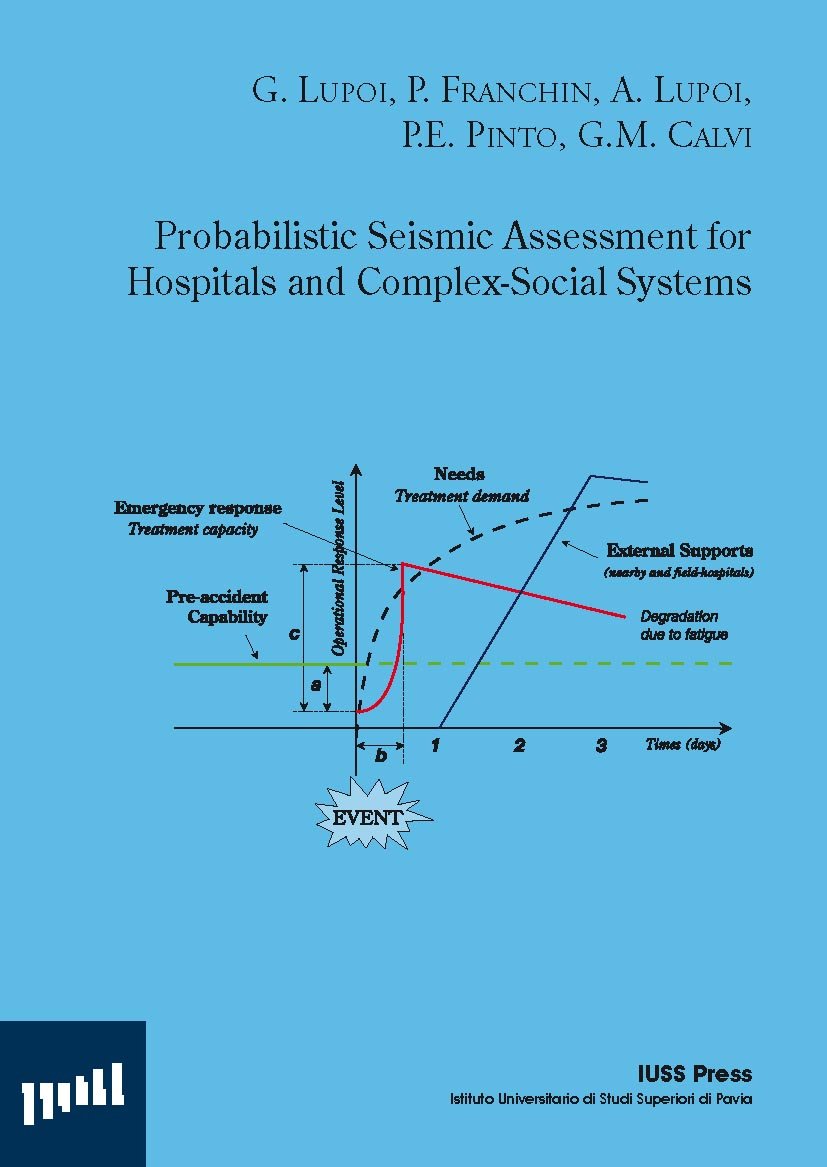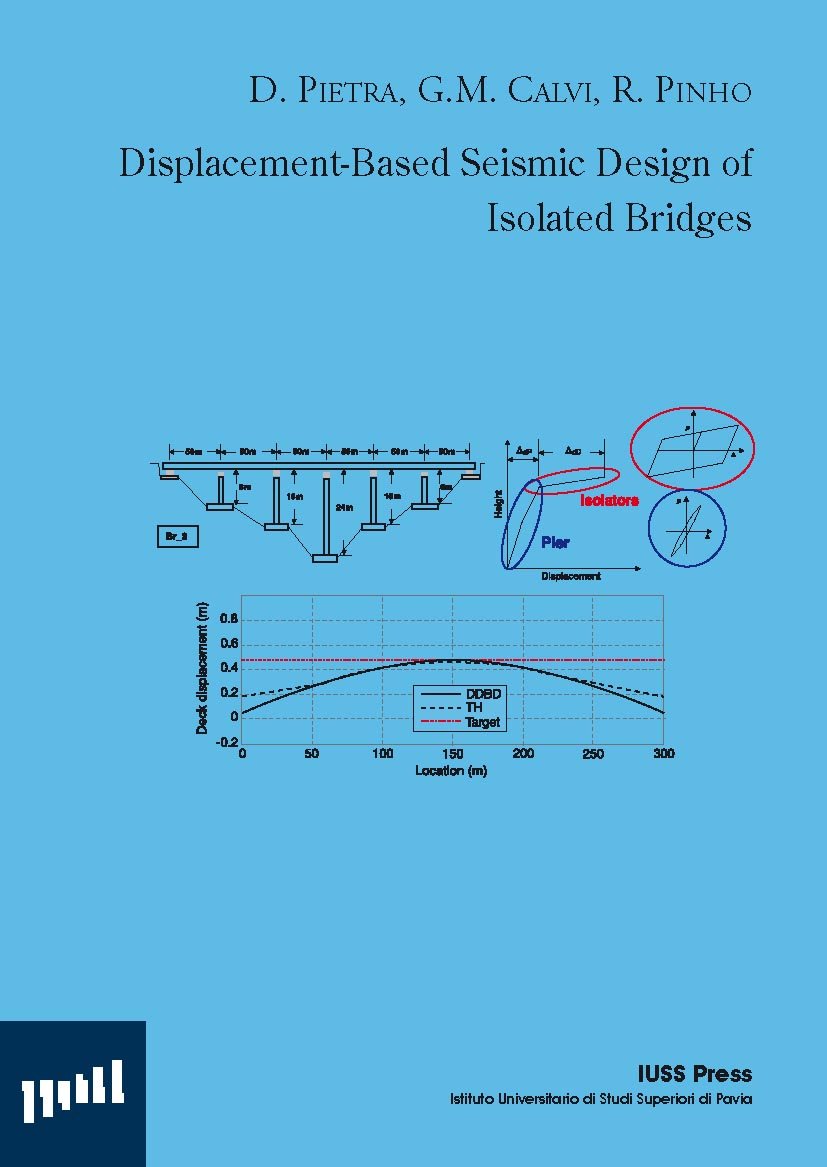Catalogue

Progetto Antisismico di Edifici in Cemento Armato
01/09/2007
Probabilistic Seismic Assessment for Hospitals and Complex-Social Systems
24/02/2008Displacement-Based Seismic Design of Isolated Bridges
Original price was: € 25,00.€ 5,00Current price is: € 5,00.
D. Pietra, G.M. Calvi, R. Pinho
Research Report Rose 2008/01
ISBN: 978-88-6198-016-7
Earthquakes represent an extremely challenging loading condition that structures and the engineers firstly, have to face with. In fact, strength will not suffice for providing safety, as static loads will imply.
FUORI CATALOGO
Earthquakes represent an extremely challenging loading condition that structures and the engineers firstly, have to face with. In fact, strength will not suffice for providing safety, as static loads will imply. Seismic isolation represents a useful design approach to mitigate or reduce earthquake damage potential. The basic principle of seismic isolation is to add flexibility to the structural system in order that it can accommodate the relative motion induced by the earthquake with a limited demand in terms of forces. The concept is rather trivial: the more the structure will try to resist movements when subjected to the ground motion, much larger the forces that it should withstand will be. Instead, if the system is capable of allowing such displacements, the forces that it attracts will decrease. However, the achievement of this objective is not simple as the concept is. In fact, in order to reduce forces while keeping deformations within an acceptable limit, an efficient balance between the displacement and strength capability of the structural system should be obtained. Hence, methodologies, where the amplitude of the deformation demand is properly controlled, are required for a reliable design of the system. Under this perspective, the Direct Displacement-Based Design (DDBD) proposed firstly by Priestley in 1993, and further developed and verified by the latter and his co-workers, has been demonstrated to provide a very reliable, and conceptually valid, approach. The adoption of an efficient design approach, as for example seismic isolation, in conjunction with a reliable design method, as DDBD, in particular, is of great appeal for the design of bridges. The latter, in fact, due to the fundamental role they play within the transportation network, should be capable of withstanding the earthquake excitation without substantial damage in order to preserve their functionality.

